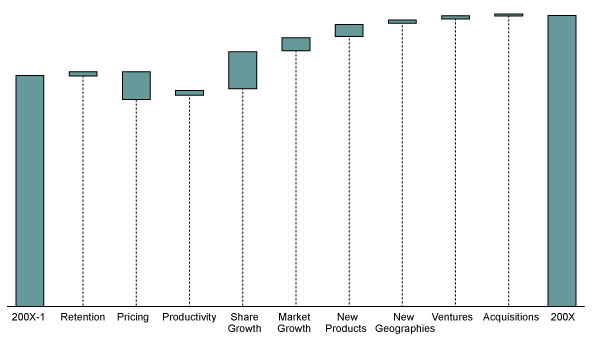
In a conversation with iSixSigma, Nick Brownrigg, the chief executive officer of Masterlease Group, offers his views on managing for results through Lean Six Sigma and Line-of-Sight™ strategy deployment.
iSixSigma: Tell us about your business and the competitive challenges you face?
Mr. Brownrigg: We provide full vehicle leasing services to businesses and public sector organizations of all sizes that operate fleets of vehicles. We are one of the leading international leasing providers with more than 200,000 vehicles under our management. We are building a global business-to-business brand. To reach our financial expectations we need to grow organically while improving our operational performance.
iSixSigma: Why did you decide to initiate your Lean Six Sigma program?
Mr. Brownrigg: Quality is the basis on which we chose to differentiate our service. It reinforces our global brand and simultaneously focuses us on doing things in a more customer-oriented and efficient way. Historically, we were a collective of small businesses that were run autonomously with financial oversight from the center. It was taking us too long to get to the root causes of operational issues we were encountering. When I visited a region or country, it would take us half the time to understand each other and define the problem. I am not talking about foreign languages, but the lack of a common language to define our outcomes, how we achieve them and get to the root cause issues. We introduced Lean Six Sigma as a common language backed up by a set of methods and tools to help us communicate across the business and help to bring about improvements.
iSixSigma: What is the deployment strategy your company uses?
Mr. Brownrigg: It is a common basis for planning and execution of our business strategies. It has become the framework within which we make choices about where to focus our resources and attention for the biggest improvement and financial return. The first step is to define the business in terms of core and enabling processes. It sounds simple, but reaching consensus among a business leadership team on what is the essence of the business in process terms is difficult. Once you have it, it brings amazing clarity. For example, none of us considered vehicle remarketing (used car trading at end of lease) as a core process. By mapping it out we realized the impact it has on our business. The difference between average remarketing times of 45 and 16 days is worth $20 million to our bottom line. Once we defined our core and enabling processes we were able to translate our strategic objectives into process key performance indicators and targets. Now we have a holistic way of moving the business forward. We know where to deploy Lean Six Sigma for the biggest business benefit.

iSixSigma: What impact has Lean Six Sigma and your deployment strategy had on how you and your senior managers lead?
Mr. Brownrigg: It has changed how we think about control. The traditional view is “you want me to be accountable, give me direct control over the resources.” In a global matrix organization like ours, we need to be both close to our local customers and share resources efficiently. With a process mindset, you see how and where you have to work together in order to balance the two. Control is now about the quality of our processes, inputs and outputs. The connections are visible.
iSixSigma: What percent of the potential, productive and creative, would you say you are tapping into?
Mr. Brownrigg: Being brutally honest, I would estimate less than 50 percent. In fact, you could test with the strategy deployment value map how much of your economic potential you are capturing.
iSixSigma: Where would you say you have the biggest leverage in getting to 75 percent or 90 percent?
Mr. Brownrigg: Unifying our leadership team is where we started. Once you have a process-connected strategy, the next biggest challenge is cultural. It is about engaging 60 percent to 70 percent of our cross-cultural organization, not just the core 20 percent of early adopters. It is the only way to sustain our competitive edge and innovate.
iSixSigma: What impact has Lean Six Sigma and your deployment strategy had on your stakeholders’ expectation versus your business?
Mr. Brownrigg: Our stakeholders appreciate that we have a globally proven and recognized quality framework to drive business effectiveness which is helping us meet our goal of becoming a world class leasing company.
iSixSigma: What was/is your biggest personal challenge in implementing Lean Six Sigma and your deployment strategy in your business?
Mr. Brownrigg: The deployment goes way beyond deploying methodologies and sets of tools globally. It means a complete culture change within the organization. The main challenge is to drive this change, getting buy-in from all stakeholders, and ensuring business impact is achieved through the application of these methodologies.
iSixSigma: How did you ensure to win the support of the middle management (assuming that it is rather easy to get senior management and Belt’s commitment)?
Mr. Brownrigg: These things are needed to get the middle management fully engage:
- Create awareness
- Train them
- Involve them
- Make them accountable owners of the process
iSixSigma: When is the right time to launch a company-wide initiative such as Lean Six Sigma?
Mr. Brownrigg: When you need to make a quantum leap with a very ambitious growth target that involves drastic improvements and when you need to improve and simplify the performance of your key processes to become faster, better and more effective.